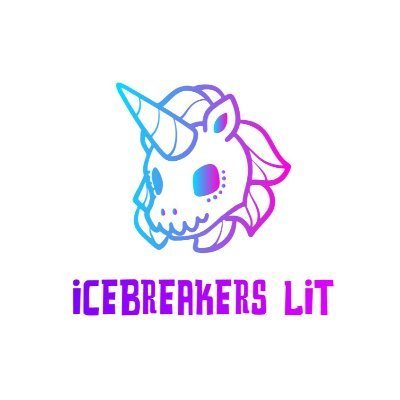Interview on Collaboration with Sophia Cajon and Samantha Hodge
Sometimes the hardest part of collaborating is getting started. Here are some tips from creators that have collaborated—sometimes with an absolute stranger—and made something wonderful!
Did you know your partner in collaboration beforehand? Explain how you got together.
Sophia: Samantha once whispered at me during a Creative Writing class we had together. She then realised her mistake, as she has been unable to get rid of me ever since. We’d been thinking of collaborating for a while since we’ve always thought our writing styles complemented each other, so Icebreakers Lit’s call for submissions was the perfect opportunity to find out if we were wrong or not!
Samantha: Sophia and I go to school together, we met each other again and again in creative writing classes and became friends. We attempted a collaborative play before this, but it never came together during the brainstorming stage and slowly faded away. She was the one to find this collaboration and invited me to take part. The hard deadline was daunting, but it meant this couldn’t just fade away so I was in.
How did you collaborate? What was your process?
Sophia: We figured out what the themes and basic plot outline of our story was going to be, and then did a skeleton outline of scenes and what they were bringing to the story. After that, we divided up the scenes between ourselves and got to writing, occasionally jumping to each other’s parts for coherence and help. Since we’re used to editing each other’s work, that stage of writing went relatively smoothly. We did have quite a few phone calls to make sure we were on the same page for a lot of things, which I think helped the process greatly.
Samantha: We set up a google doc (an annoying but necessary deviance from my preference for word) and said we'd meet in a few days with our brainstormed ideas on the theme. From there, it was a process of negotiation. None of the ideas we brought to our next meeting were what we ended up writing on, but we worked from them to the idea that both of us were excited for. We drew up an outline, split the scenes we had ideas for how to make work, wrote them out and then realized that we still somehow had different ideas on execution. Back to negotiations for us! Eventually, we ended up with a piece that had coherent internal continuity and edited each other’s sections to try and bring the voice towards the middle of our styles.
What were some challenges you faced during the collaborative process, and what did you learn?
Sophia: Definitely the time limit. I’d found the call for submissions a week before the deadline, so Sam and I were on a pretty strict time crunch. I do think that that helped us when we had to cut back on words to fit within the word count though, as we didn’t really have the space to think about it and just needed to do it.
I think I’ve learnt that it’s pretty fun to collaborate with someone, as they can take some of your ideas in directions you wouldn’t have been able to envision, and you can work with ideas you wouldn’t have initially thought of. It was a pretty great experience overall, and I definitely want to collaborate with Sam again!
Samantha: The big challenge I had was letting go of the story in my head. When we were creating the outline, I thought I knew how everything would go, it was all just sitting in my head waiting to be perfectly drafted onto the page. Then I looked at Sophia's sections and they weren't how I would have done them (duh), and they didn't fit perfectly into the version of the story in my head. I had to learn to accept the way the story drifted, but I also had to learn to stand with the things I really loved about my ideas. It's difficult to know if something is worth fighting for, and I haven't got it down pat now, but I'm much better at discerning those things than when we started the collaboration.
Any final words of advice for future collaborators?
Sophia: Make sure you’re collaborating with someone you can communicate with and who is respectful to your ideas (and make sure you’re respectful to theirs!). It may seem pretty evident, but it makes the writing and editing process go smoothly since you’re not bickering over minute details and take the time to hear each other out instead.
Samantha: You've got to start with an idea both of you love. Likely you'll need to work to get there, you'll have to throw out ideas that one person adores but the other isn't feeling, but if you start somewhere you're both excited you can make the rest of it work.
Read Sophia Cajon & Samantha Hodge’s piece, “Shards of Ink”
Sophia Cajon (she/her) has a habit of stress-baking pies and ranting about the human condition. She is currently surviving her BA in Psychology and Creative Writing at The University of British Columbia; this might explain why her story-writing process involves feverishly mixing human oddities with a keyboard in the hopes that it inspires some reflection.
Samantha Hodge (she/her) is a dealer of stories who has recently perfected her dovetail shuffle. She’s got a full hand of pick-me-ups and emotional voyages. When she is not writing melancholic characters in fantastical circumstances, she can be seen desperately scraping time together for her BA in Computer Science and Creative Writing at the University of British Columbia.
